Economics
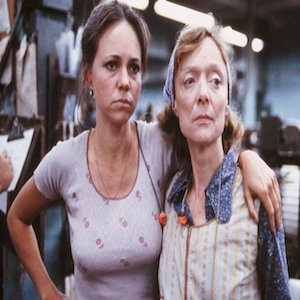
Norma Rae: Depicting Women's Labor History through Film
In this still shot from the movie Norma Rae, two pretty and petite white actors represent southern mill hands. Norma, portrayed by the famous actress Sally Field, stands with her mother (Barbara Baxley).
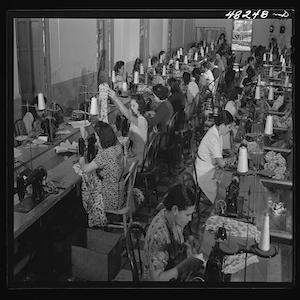
Puerto Rican Needleworkers in a Factory, San Juan, Puerto Rico, 1942
This government photograph provides an important contrast to the popular culture images of poor southern whites. During the 1940s and 1950s, U.S. government agencies hired photographers to travel the main island of Puerto Rico to capture the conditions of working people.

Brochure for the South Carolina Inter-State and West Indian Exposition / Charleston Exposition, 1901-1902
This is the cover for a pamphlet to promote the Charleston Exposition and recruit exhibitors and attendees from along the entire U.S. Atlantic, which ran from New England to Florida to Cuba and Puerto Rico.
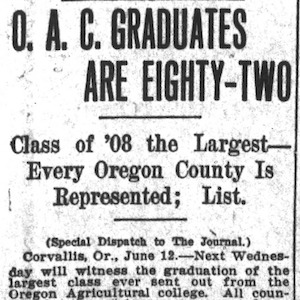
Rashid graduates from Oregon Agricultural college, 1908
Indian and other Asian immigrants attended land grant universities across the United States in the early twentieth century.

Business contract between Richard P. Waters and his Omani-Zanzibari trading partner, Esau bin Abdul Rahman
This contract represents how business was typically transacted in Zanzibar and throughout the Omani Empire.
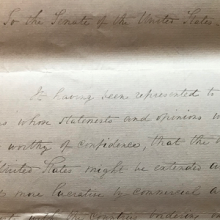
Short Teaching Unit: The Omani Empire and the Center of the Emerging Global Economy, 1500-1850
This essay pushes back against European-dominated narratives of world history to suggest that the Omani Empire was a crucial space for the emergence of our present-day system of global capitalism.
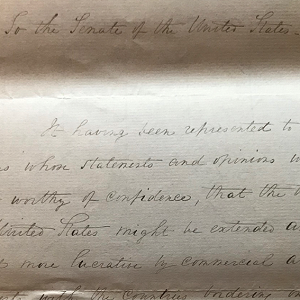
A letter from U.S. President Andrew Jackson to the Senate Dated Washington, May 30, 1834
A letter from President Andrew Jackson to the Senate where the President discusses the possibility of extending US trade. Jackson was particularly interested in the potential trade connections with areas around the Indian Ocean.

List of Foreign Arrivals in the Port of Zanzibar from the 16th September 1832 to 26th May 1835
This is an ostensibly mundane document that contains a tremendous amount of information for interpreting the global dynamics of this period of history, all while peering out into the world from the tiny island of Zanzibar.
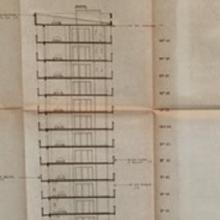
Social Capital in World History: Lyon and Pittsburgh as Examples
Lyon, France, and Pittsburgh, Pennsylvania, are connected by the thread of social capital, or people power. This essay situates social capital as an non-financial asset possessed by people who have little wealth, but who use a variety of strategies to facilitate community improvements.
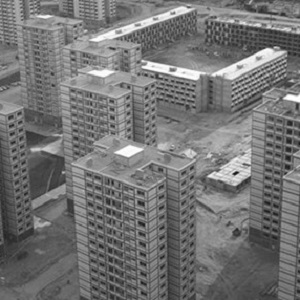
Social Housing development in France
In addition to La Duchère, other social housing developments in greater Lyon included Les Minguettes in Vénissieux, where 9,200 units for 35,000 residents were constructed between 1966 and 1973, and the 8,300-unit Mas du Taureau, built between 1970 and 1980 (in addition to La Grappinière, with a